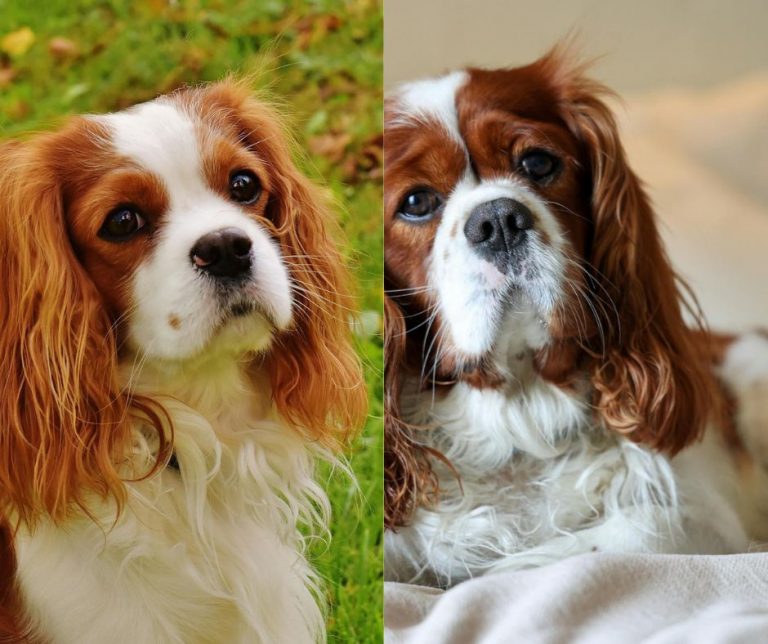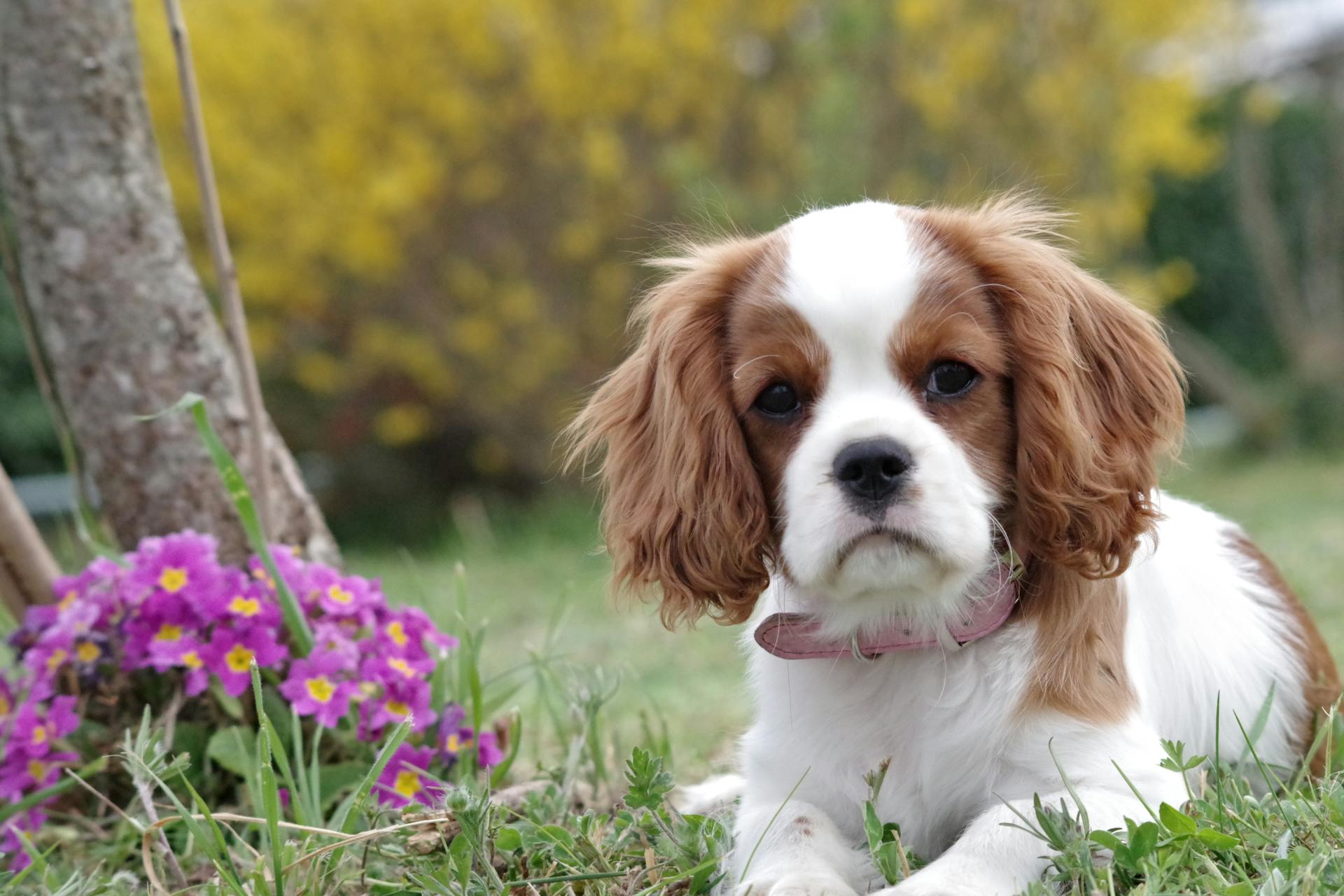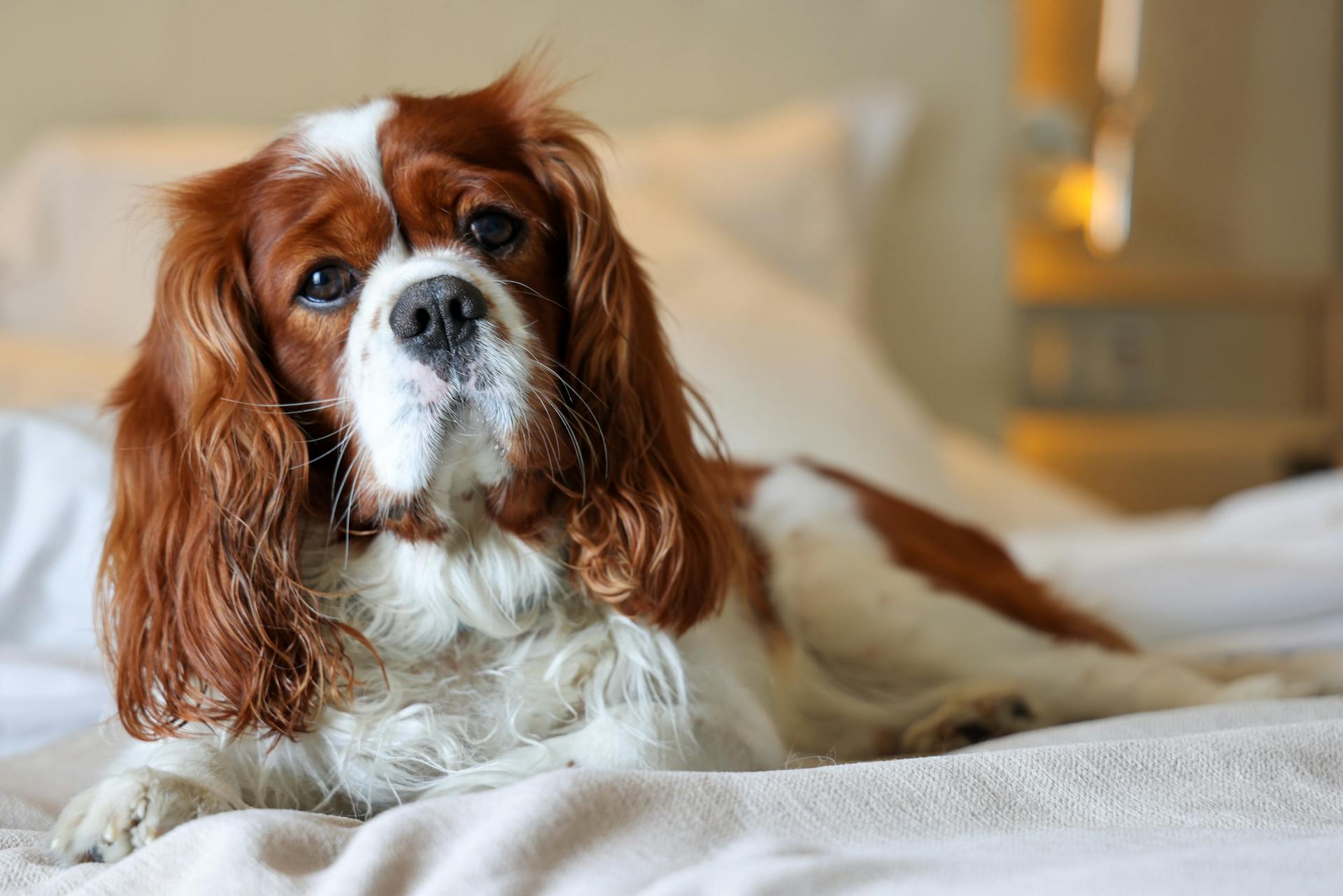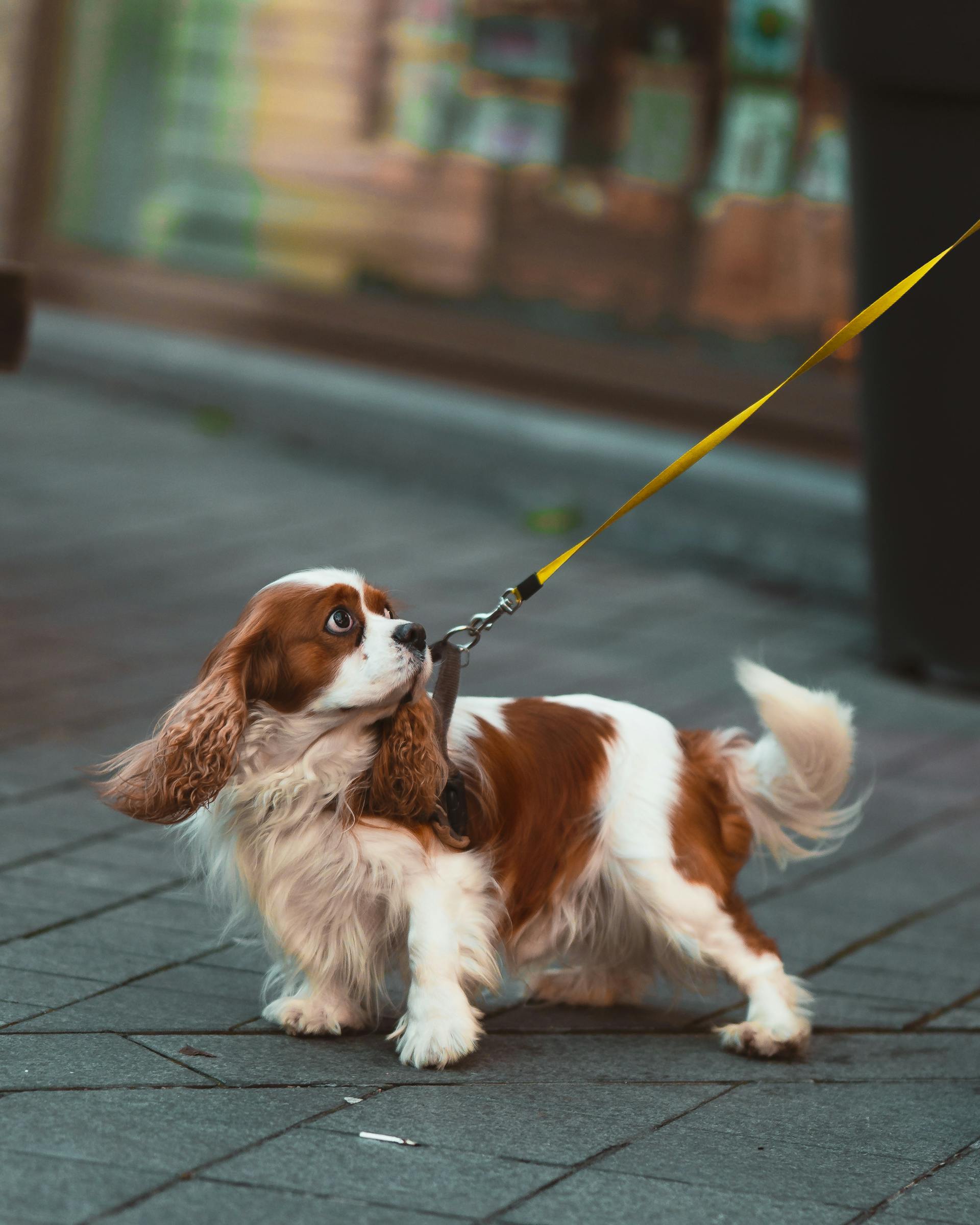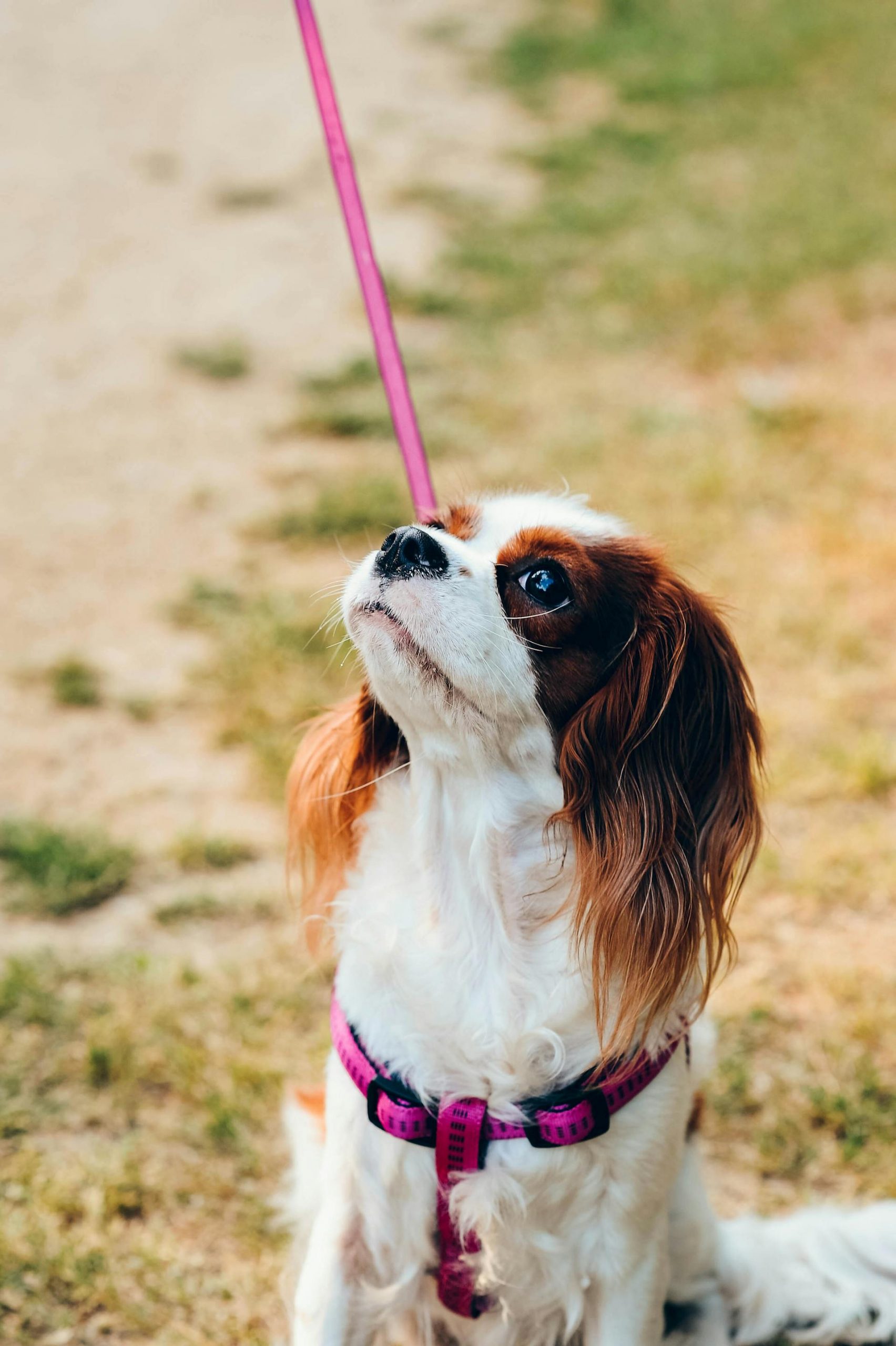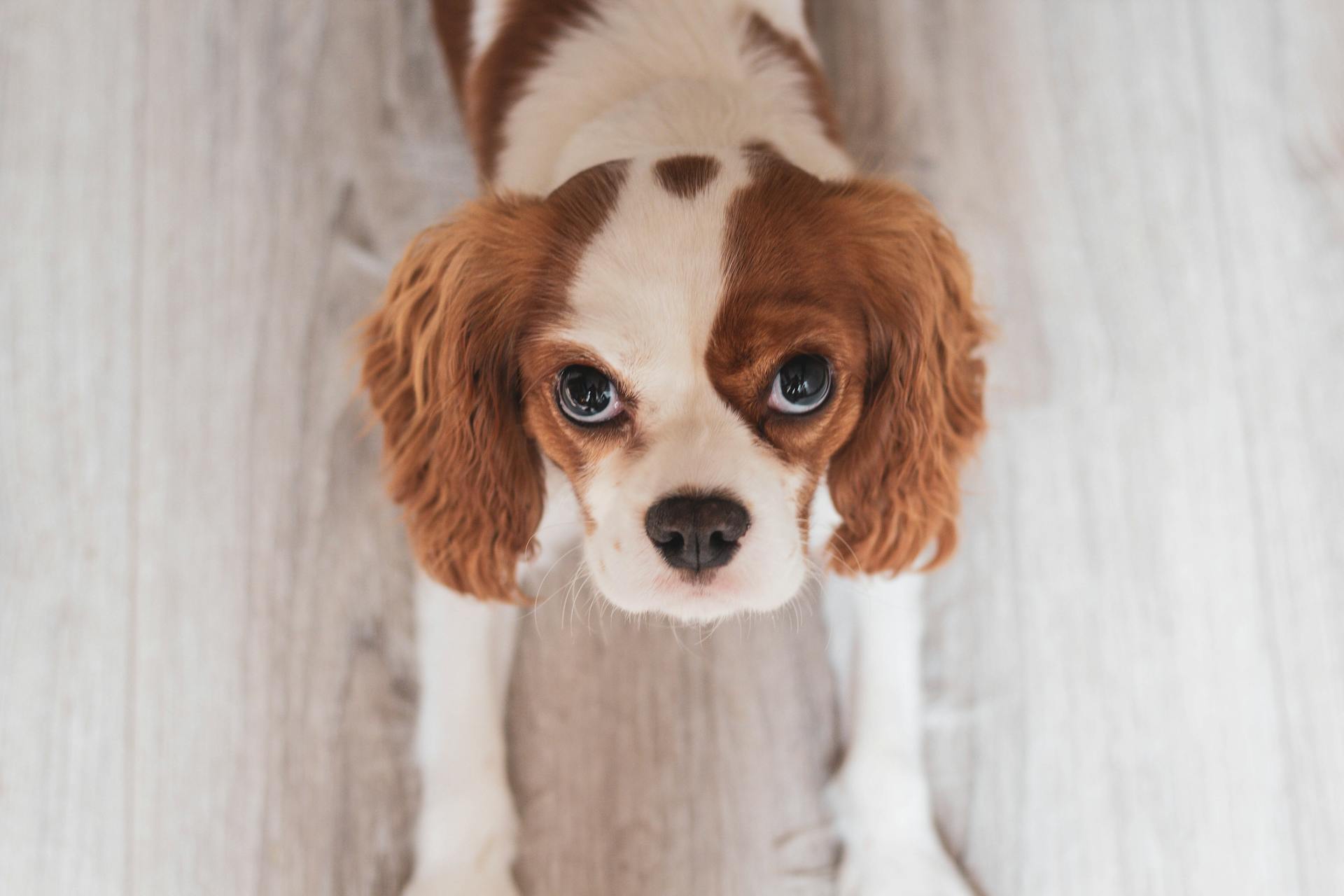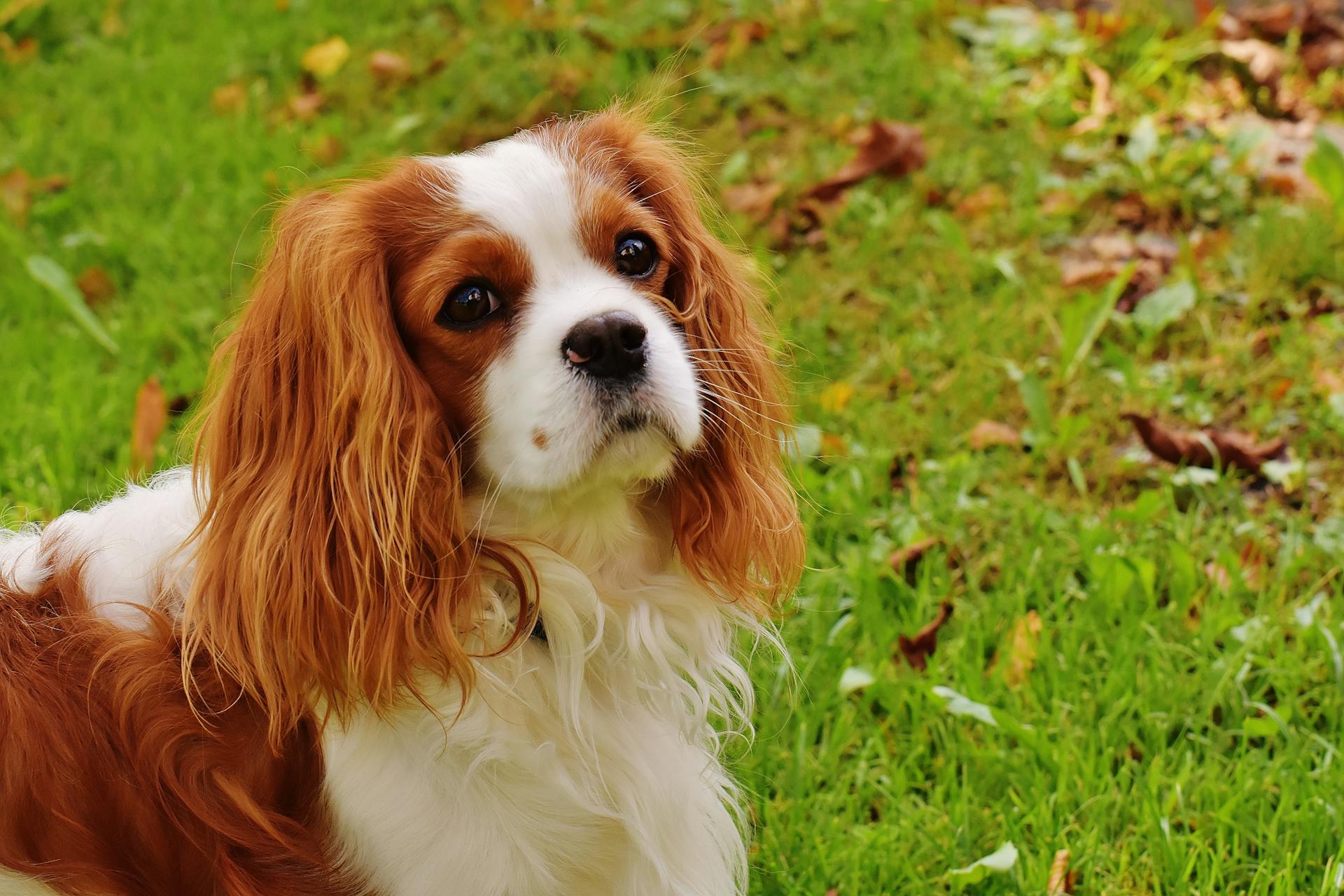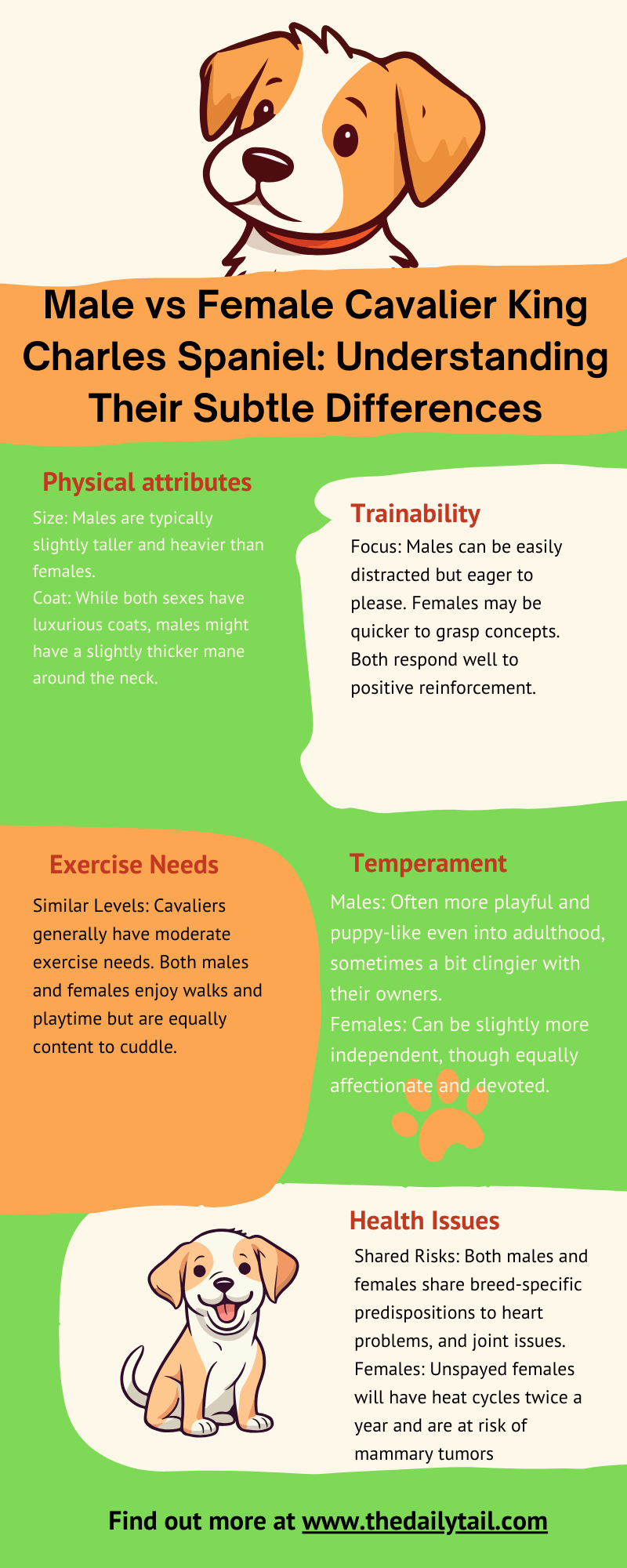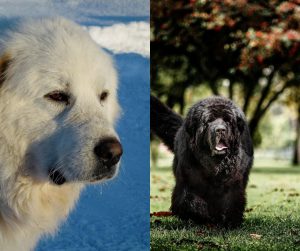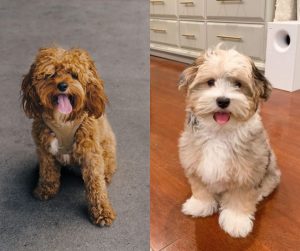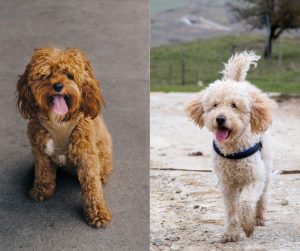As a devoted Cavalier lover and enthusiast, I’ve seen firsthand the subtle, charming differences between the gentlemen and ladies of the breed. Whether you’re drawn to a cuddly companion or a playful pal, let’s explore the nuances between male and female Cavaliers and find your ideal furry friend
When considering bringing a Cavalier King Charles Spaniel puppy into the home, potential owners often ponder whether to choose a male or female. The decision may hinge on subtle differences in size, behavior, and temperament that are known to distinguish the sexes within this affectionate breed.
Both males and females typically stand about 12-13 inches tall. However, males can weigh slightly more, ranging from 13 to 18 pounds, compared to the 10 to 16 pounds typical for females.
Beyond physicality, behavioral traits can also play a role in the decision-making process.
Male Cavaliers are often described as playful and active, potentially requiring more exercise and mental stimulation. In contrast, their female counterparts may adapt better to a calmer lifestyle, though these characteristics can vary with individual dogs.
It’s important to remember that, regardless of gender, early socialization plays a crucial role in how well these dogs interact with other animals and people. So, let’s take a look at the male vs female Cavalier King Charles Spaniel dog breed comparison.
Key Takeaways
- Male and female Cavaliers may differ in size, with males generally being larger
- Behavioral tendencies vary, with males often being more active and females potentially more relaxed
- Both genders share a loving disposition, with the choice often depending on the owner’s preferences and lifestyle
Breed Overview
Cavalier King Charles Spaniels are the quintessence of companion dogs. As a toy breed recognized by the American Kennel Club, they truly shine as family pets.
Picture these pups with their expressive, gentle eyes and a mane of soft fur – they’re the epitome of a cuddly friend.
- Height: Typically 12-13 inches tall
- Weight: Ranges between 10-18 pounds
- Breed Group: Toy
These Spaniels come in four charming colors: black and tan, tricolor, Blenheim (chestnut and white), and ruby. Their majestic yet adorable appearance often mirrors their loving disposition. It is worth noting that the Cavalier King Charles is cousin with other English dog breeds, like the English Toy Spaniel, Cocker Spaniel, and more.
They are known for being exceptionally affectionate, tail-wagging little creatures that adore being part of the family dynamic. These pooches thrive in the heart of the home, forging strong bonds with their humans.
- Family Friendly: Yes, very much so
- Affection Level: High
While they do enjoy a good frolic, they are just as content to snuggle up for a quiet night in.
Their size and adaptable nature make them suitable for various living arrangements, from spacious suburban homes to cozy urban apartments.
- Adaptable: Yes, Cavalier King Charles Spaniels adjust well to different living situations
Their sociable nature often translates into a friendly approach toward other dogs and pets. With early socialization, these tail-waggers learn to share their space and affection not only with humans but with furry siblings too.
- Good with Other Pets: Yes, especially when socialized early on
Physical Characteristics
When considering a Cavalier King Charles Spaniel, knowing the subtle physical differences between the males and females can be quite helpful. From how much they might weigh to the lovely variety of their coats, each aspect contributes to the charm of these affectionate companions.
Size Differences
Male Cavalier King Charles Spaniels usually have a stature just a little more imposing than that of their female counterparts. On average, they stand about 13 inches tall and tip the scales at around 13-18 pounds.
Female cavaliers tend to be a touch more petite, typically reaching heights between 10-12 inches and a weight range of 10-18 pounds. While there’s some overlap in their weight, it’s quite common for males to be on the heavier side of the spectrum.
Coat and Colors
Both male and female cavaliers possess irresistibly soft, silky coats that beg to be stroked.
The American Kennel Club recognizes four standard colors: black and tan, black and white (known as “Prince Charles”), Blenheim (a rich chestnut on a pearly white background), and ruby. These color patterns adorn both genders, showcasing their elegant appearance.
The silky coats invite regular grooming, making these spaniels shine with affectionate pride.
Behavioral Traits
When selecting a Cavalier King Charles Spaniel, it’s helpful to understand the slight differences in behavior often observed between males and females. Both are known for their affectionate nature, but distinct tendencies in their behavior can inform your decision. Because of its amazing temperament, Cavalier King Charles pups are ideal for first time dog owners.
Temperament and Personality
Cavalier King Charles Spaniels, irrespective of gender, generally exhibit a warm and friendly temperament. They often display a balance between an energetic zest for life and a cozy, cuddly side.
Males can be somewhat more playful and outgoing, seeming to have a puppy-like joy throughout their lives. They may channel their energy into active play and can be highly exuberant when interacting with family or during exercise.
Females, on the other hand, can be a touch more composed and may exhibit a deeper attachment to their owners. They are known for being loyal companions with a slightly more independent streak.
Their mood and behavior can sometimes be more sensitive, requiring a gentle approach to training and socialization.
Socialization and Bonding
From the moment they enter a home, Cavaliers strive to bond with their owners, regardless of gender.
However, one might notice that male Cavaliers often welcome the company of both familiar faces and new friends with open arms, displaying less reserve in social settings.
Female Cavaliers, while equally loving, can sometimes be more discerning in how they socialize. They may choose a favorite person in the household to bond with, showing an endearing level of dedication and affection.
Both males and females, when properly socialized, will enjoy the company of children, other dogs, and even cats, making for a harmonious household companion.
Their innate ability to read the room and adjust their behavior to suit the vibe is one of the many reasons why Cavalier King Charles Spaniels are cherished pets. They resonate with the moods of their owners and adapt accordingly, which is something to cherish in a furry family member.
Health and Lifespan
When they consider bringing a Cavalier King Charles Spaniel into their lives, prospective pet parents usually ask about their health and how long they can expect their furry companion to be part of the family.
On average, these pooches have a lifespan of 9 to 14 years, but like all living beings, it’s a game of chance coupled with care.
Health concerns vary in these spaniels and are independent of gender. However, each sex has particular issues to look out for.
Dogs of this breed are susceptible to Mitral Valve Disease (MVD), a heart condition that is the most common cause of death. It often shows up as a heart murmur and can progress differently in each dog.
Another concern for both males and females is Syringomyelia, a condition that affects the spinal cord and can cause significant discomfort and neurological issues.
Now, when it comes to gender specifics:
- Males should be monitored for testicular cancer, although neutering can largely reduce this risk
- Females may develop mammary tumors. Spaying, ideally before the first heat cycle, can greatly decrease the likelihood of such issues
Here’s a simple table that captures the essence:
| Aspect | Male | Female |
|---|---|---|
| Syringomyelia | At Risk | At Risk |
| Mitral Valve Disease | Common | Common |
| Testicular Cancer | Risk Without Neutering | Not Applicable |
| Mammary Tumors | Not Applicable | Risk Without Spaying |
| Lifespan (Average) | 9-14 Years | 9-14 Years |
Taking good care of a Cavalier King Charles Spaniel means regular vet check-ups and being aware of these risks. With a touch of luck, a dollop of love, and a pinch of caution, pet parents can help their four-legged pals lead a fuller, healthier life. Because of their relatively good health, King Charles Spaniel puppies are often part of cross-breeding programs.
Training and Exercise
Training a Cavalier King Charles Spaniel, whether male or female, is a delightful experience. They are an eager to please breed, often making them fairly straightforward to train.
Positive reinforcement works best for these sweet-natured pups. They respond effectively to treats, praise, and play when they follow commands correctly. Consistency is key, as with any dog training.
When it comes to energy levels, Cavaliers fall into the moderate sphere. They love a good romp in the park but are equally content with snuggling on the couch.
Exercise is crucial not just for their physical health, but also for their mental well-being. This breed requires regular walks and playtime to keep their minds sharp.
Here are some tips to remember:
- Short Training Sessions: Keep them engaged with brief, upbeat training sessions. Their attention span will thank you for it
- Daily Exercise: They don’t need intense exercise—simple daily walks and some playtime in the yard will suffice. Ensure they get at least 20-30 minutes of activity each day
Cavalier King Charles Spaniels thrive on companionship and mental stimulation. Provide them with puzzles and toys that challenge them mentally to keep their cognitive skills in peak condition.
They might not need an intense workout, but skipping their exercise routine can lead to a frustrated little canine.
Gender-Specific Care
When caring for a Cavalier King Charles Spaniel, it’s important to consider the specific needs associated with their gender.
From the impact of neutering or spaying to managing a female’s heat cycles, awareness and preparation are key. This is where the male vs female Cavalier King Charles Spaniel puppies comparison comes into play.
Neutering and Spaying Impact
Neutering a male Cavalier King Charles Spaniel often reduces their urge to roam and can decrease aggressive behaviors relating to territory. It also eliminates the risk of testicular cancer.
Owners should talk with their vet about the best age to neuter. Keep in mind that early neutering can have impacts on the dog’s growth and development.
On the flip side, spaying a female helps prevent serious health conditions like pyometra, which is an infection of the uterus.
Spayed female dog also won’t go into heat, which can save dog owners from dealing with the messiness and attentiveness required during heat cycles.
Dealing with Heat Cycles
Heat cycles in female Cavalier King Charles Spaniels can be a handful. They typically occur every six months and can last for about three weeks.
During this period, females may exhibit behavior changes and will attract males. It’s essential to keep them secured to prevent unwanted pregnancy or roaming.
- Signs of Heat:
- Swelling of the vulva
- Bloody discharge
- Increased urination
- Behavioral changes, such as increased affection or clinginess
Owners can manage this time by preparing a comfortable space for their dog and keeping them away from males if they’re not interested in breeding.
They may also want to consider doggy diapers to keep their homes clean.
Feeding and Nutrition
When it comes to feeding a Cavalier King Charles Spaniel dog, it’s key to remember that good nutrition sets the foundation for a healthy life.
These lovely pups may have big appetites, but it’s up to their human buddies to make sure they don’t overdo it.
Adult Cavaliers should be fed a balanced diet geared towards small breed dogs. Here’s a simple breakdown to keep in mind:
- Portion control: They often need two meals a day. Be sure to measure their food as they can gain weight easily
- Energy needs: Keep an eye on their energy levels. Active dogs may need a bit more food, while the couch-potato types might need less
- Treats: Should be given sparingly, as treats can lead to unintended weight gain
Cavalier King Charles puppies require a diet formulated for growth. Three to four small meals daily will do the trick for the growing Cavalier pup.
Food Preferences
Cavaliers are not overly picky, but they’ll let you know if they love chicken over beef.
Rotating proteins and providing a mix of wet and dry food can keep mealtime exciting.
Watch for Obesity
Being prone to obesity, it’s crucial to monitor their diet. An extra pound on a small dog like the Cavalier can be a significant burden.
Regular check-ins with the vet to stay on top of their weight are a great idea.
Table: Ideal Food Amounts
| Age | Daily Amount |
|---|---|
| Puppy | 1/2 – 1 cup |
| Adult | 1 – 1.5 cups |
| Senior | 0.75 – 1 cup |
Reproduction and Breeding
When deciding to breed Cavalier King Charles Spaniels, it’s essential to understand the breed-specific concerns associated with reproduction.
They are prone to certain health issues that can be magnified through breeding, so responsible practices and awareness are crucial.
Understanding Breeding Concerns
Heat Cycles: Female Cavalier King Charles pups typically come into heat twice a year. Recognizing the signs of heat is important for timing breeding correctly.
Behavioral changes and physical signs are common signs of heat.
Reproductive Health: Both males and females should undergo health screenings prior to breeding. Make sure to pay attention to genetic conditions common within the breed to ensure they are not passed to offspring.
Pyometra: This is a serious health risk in females, particularly if they have not been spayed. It’s an infection of the uterus that can occur after a heat cycle and can be life-threatening. Awareness and early detection by a veterinarian can save a dog’s life.
Breeding: Responsible breeding includes ensuring that both the male and female are physically and genetically fit for reproduction. A Cavalier King Charles Spaniel should be at an appropriate age and health before being considered for breeding.

